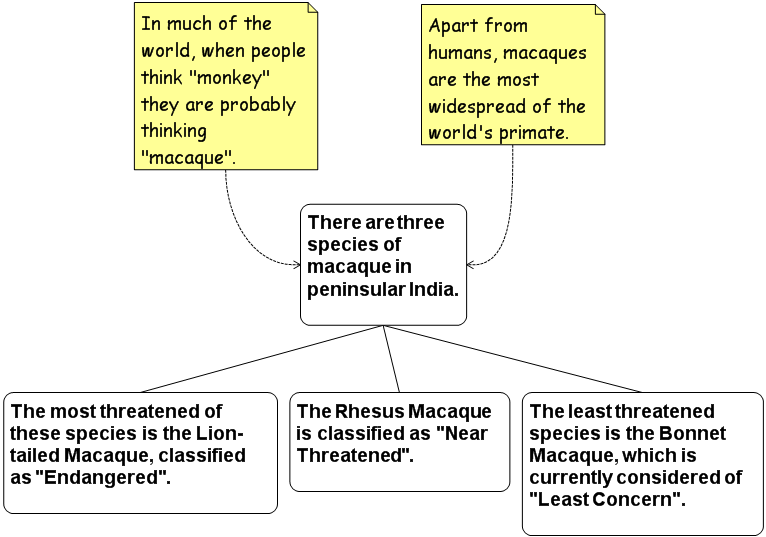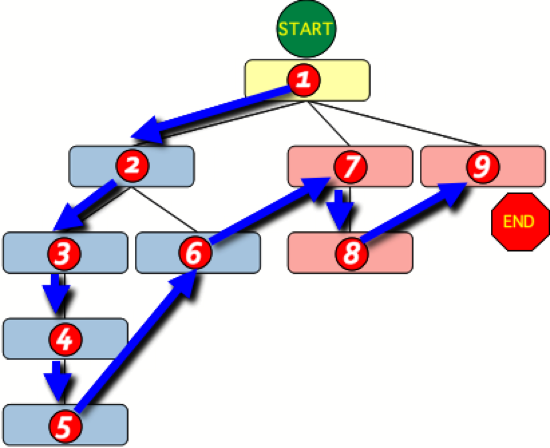The Science Of Scientific Writing Set B Paragraphs: Intro to Readers' Expectations The Landmark What makes a landmark? Exercise 1 Quiz Landmark should appear early Exercise 2 A kick in the tail A plan for writing landmark-final paras Exercise 3 Exercise 4 Exercise 5 Exercise 6 Final Page.
OVERVIEW: The way to well-written science
PART I: Paragraphs and Sentences
SET A: Paragraphs: The Maps Behind Them
SET B: Paragraphs: Using Maps to Meet Readers' Expectations
SET C: Paragraph Coherence and Cohesion
SET D: Sentences
SET E: Scientific Sections (including Methods)
SET F: Scientific Sections: The Discussion
SET G : Scientific Sections: The Introduction
SET H : The Paper as a Whole
What makes a sentence a landmark?
The primary determinant of a landmark sentence is how it relates, in terms of information, to any sentences that come before or after it. Any sentences before the landmark sentence will lead up to it (i.e. introduce it) and those that follow will relate back to it (i.e. nest underneath it). Thus the landmark sentence is conceptually pivotal.
Consider the following paragraph, with the landmark sentence shown in bold:
In much of the world, when people think "monkey" they are probably thinking "macaque". Apart from humans, macaques are the most widespread of the world's primate. In peninsular India, there are three species of macaque. The most threatened of these is the Lion-tailed Macaque, classified as "Endangered". Only about 2500 Lion-tailed Macaques are thought to exist in the wild. The Rhesus Macaque is classified as "Near Threatened". The least threatened species is the Bonnet Macaque, which is currently considered of "Least Concern".
The first two sentences lead-in to the landmark sentence, and the final four elaborate upon it.
(Note: a paragraph does not necessarily have sentences both preceding and following a landmark sentence - it can be the first or last sentence of a paragraph, and if it is the only sentence, obviously it acts alone.)
Maps and Landmark Sentences
In all the maps we looked at in Set A the top box of the core content could easily be the landmark sentence of a paragraph based on the map:

Interconverting maps and paragraphs
As an aside, we also need some agreed-upon rules that help us translate the organisation of boxes in a map into a sequence of elements in the paragraph. Most people find the suggested pattern below an intuitive one to follow.

......